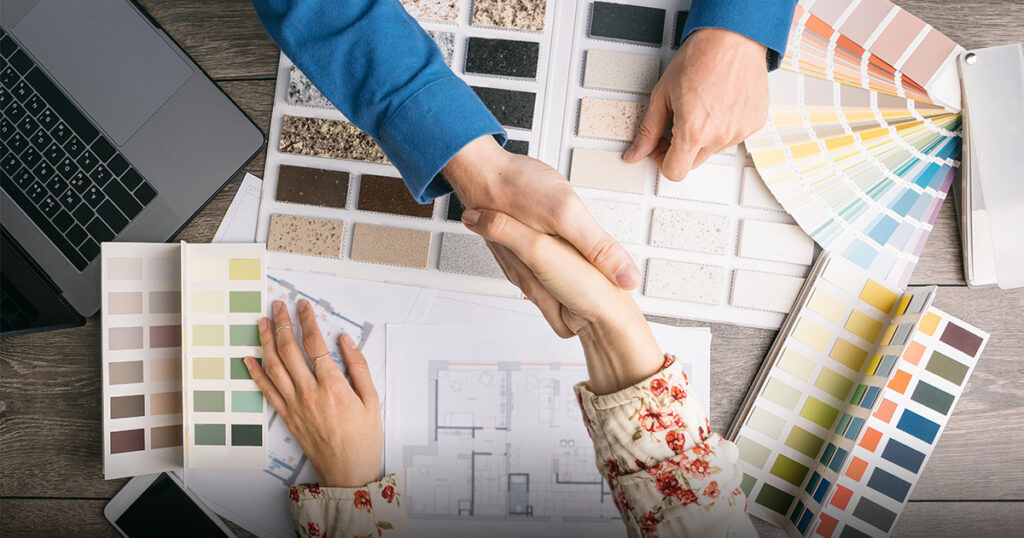
As interior designers, we often encounter hurdles when procuring items for our projects. From damaged goods to incorrect sizing, these issues can be both frustrating and time-consuming. But what constitutes a reasonable margin for error, especially on large-scale projects like entire homes? Let’s delve into this topic and explore strategies for effectively managing these situations.
Understanding the Margin for Error in Interior Design Procurement
While it’s challenging to pinpoint an exact percentage, many designers agree that incorporating a buffer for unexpected issues is crucial. Some suggest a range of 5-10% of the project’s total cost as a reasonable cushion. This margin allows for:
- Minor repairs or touch-ups
- Sample costs
- Potential restocking fees
- Unforeseen expenses related to procurement
It’s important to note that this buffer should not cover major damages or defects, which should typically be handled by vendors or shipping companies.
Strategies for Minimizing Procurement Issues in Interior Design
Developing Strong Vendor Relationships
Work with reliable suppliers who stand behind their products and are willing to resolve issues promptly. This can significantly reduce the impact of procurement challenges on your projects.
Implementing a Thorough Inspection Process
Examine items upon arrival and document any damages within the first 24 hours. This practice can help you address issues quickly and efficiently.
Choosing Quality Over Price
Sometimes, opting for higher-quality vendors can reduce the likelihood of issues in the long run, saving you time and potential headaches.
Communicating Clearly with Clients
Set realistic expectations about potential delays or minor issues that may arise during the procurement process. Transparency can help maintain strong client relationships.
Considering Insurance Options
Look into errors and omissions insurance to protect your business from major mishaps that may occur during the procurement process.
Balancing Client Satisfaction and Business Sustainability in Interior Design
While it’s tempting to absorb all costs related to procurement issues, it’s essential to strike a balance between providing excellent customer service and maintaining a sustainable business model. Consider the following:
- Be transparent about your markup and policies
- Clearly outline restocking fees and return policies in your contracts
- Charge for your time when processing returns or exchanges
- Use your discretion when deciding whether to pass on minor costs to clients
By implementing these strategies and maintaining open communication with both vendors and clients, you can navigate procurement challenges more effectively and set realistic expectations for your design projects.
Expert Insights on Interior Design Procurement Challenges
Let’s look at what some experienced designers have to say about managing procurement issues:
- @kellycarondesigns emphasizes the importance of quick inspection and documentation: “We receive and inspect in the first 24 hours so we document it as freight damage or vendor damage for replacements. We never pay for damages. That is why freight companies and the vendor have insurance.”
- @damngooddesigner highlights the necessity of building in a margin for error: “All businesses must have a margin of error built into pricing. This is the aspect of business sometimes missed in education I am afraid. It is no different for our industry as it is for others.”
- @elizabethhamillinteriors_ shares their approach to internal margin expectations: “Based on my project data I usually prepare myself for 10% of ‘bill against the job’ costs. This could be from minor furniture repairs from concealed damages, sample costs, minor errors in quoting, food/lunch at meetings, etc.”
Mastering Interior Design Procurement Challenges
By understanding the potential for errors, implementing robust processes, and maintaining strong relationships with vendors and clients, interior designers can effectively navigate procurement challenges. Remember to set realistic expectations, both for yourself and your clients, and always strive for a balance between exceptional service and business sustainability.



